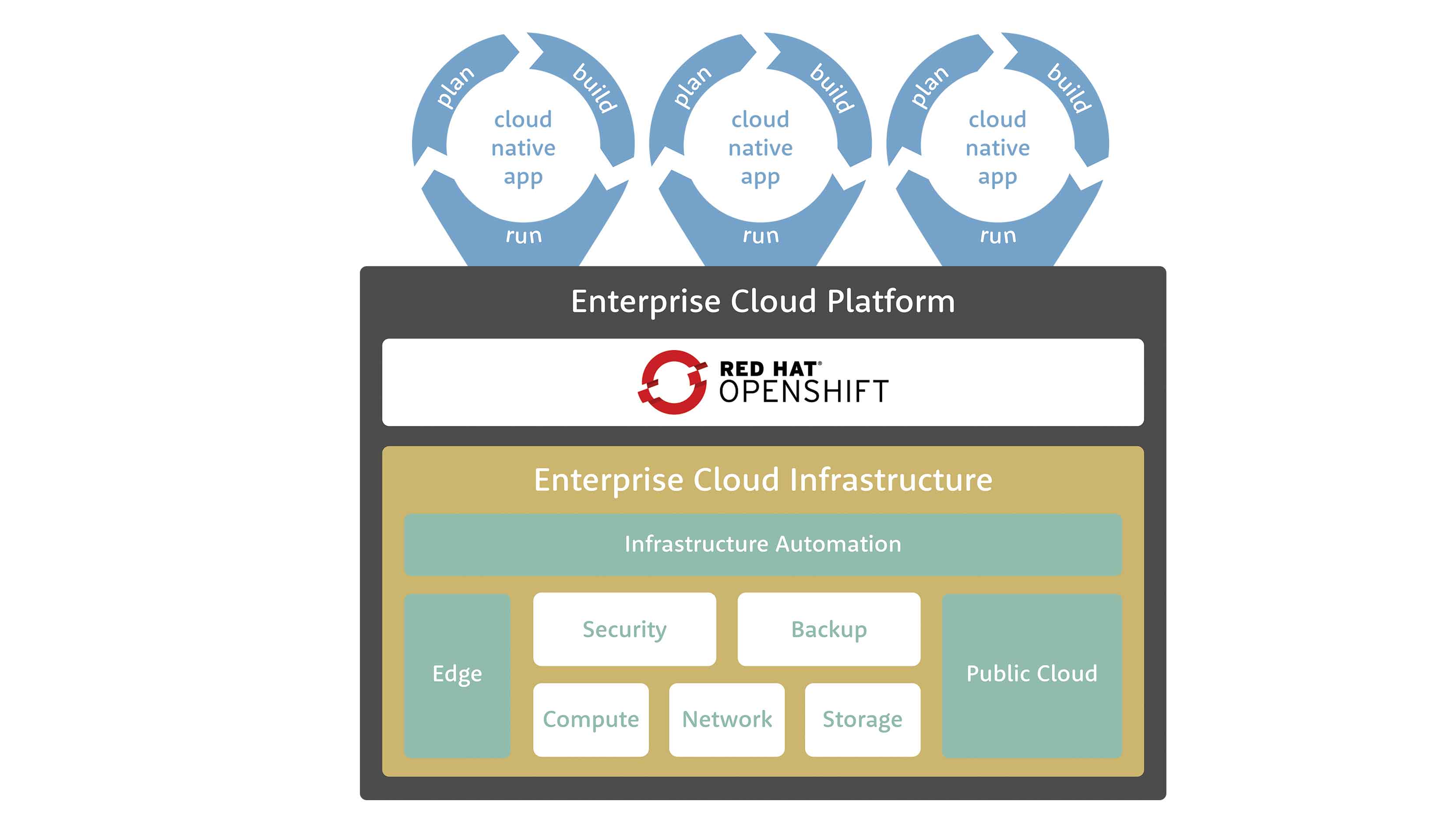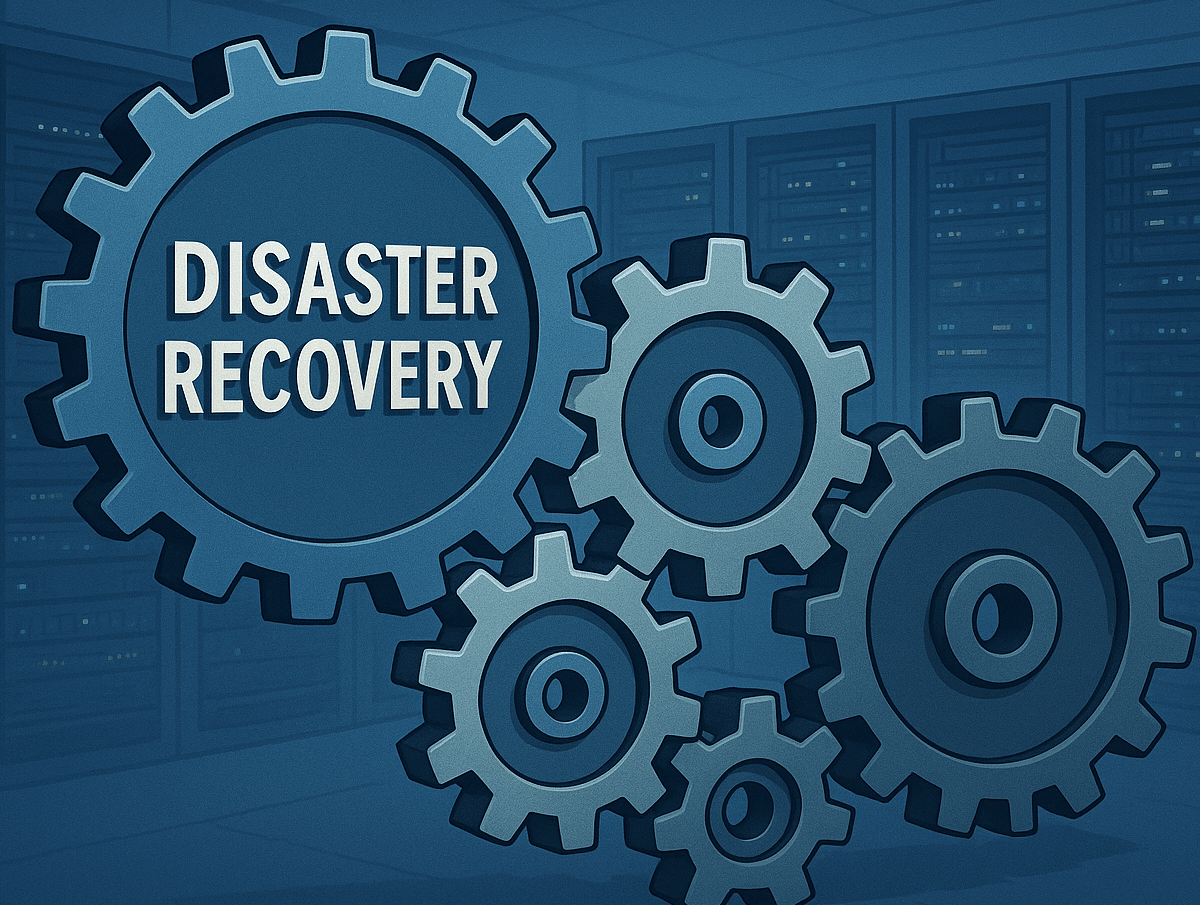

Cloud Engineer
Containerization
Build a cloud-native platform for your customers
To bring new products and services to market faster, companies are adopting cloud native technologies like containerization to engineer loosely coupled systems. According to the CNCF 2022 survey1, Kubernetes has emerged as a key enabler in creating a platform for such application product teams.
Think of a hotel as an analogy for a platform. A hotel offers a set of basic services for guests — a room booking website, a manned reception or parking facilities etc. Similarly, you can build a set of basic services for your internal customers using Kubernetes to orchestrate containers. But this alone doesn't answer questions around what kind of storage you want to offer to the tenant applications, which toolsets could enable DevOps workflows, or how the underlying infrastructure could be hardened etc. You could employ a plethora of open-source projects to fulfill these scenarios. However, it may be a challenge to support the business needs with community-based support alone. But with Red Hat OpenShift — an enterprise grade open-source application platform — you can have your cake and eat it too. You can take advantage of the innovation from upstream projects and get enterprise support.
But how can Amanox help customers with Red Hat OpenShift today?
You might already be managing an on-prem infrastructure using e.g. Nutanix. You could lay the foundation for the future for modern applications by extending your existing environment to include a container orchestration platform using Red Hat OpenShift.
In the future, if your applications need to access certain services from a public cloud, you could extend your existing platform to the public cloud with Red Hat OpenShift and stay flexible.
Requirements for platforms will depend on the services you want to offer to your application teams. Going back to the hotel analogy, you could cater to different customer categories — the ones who need a suite, or the ones who bring a dog along or the ones who need just a bed without breakfast. Furthermore, many customers in the above mentioned CNCF survey pointed out training and security as the top two difficulties in adopting containers in production.
Amanox enables you to build and run a cloud native application platform.
For doing so we have put together a team and toolset — we call it the enterprise cloud platform — consisting of tightly integrated, easy to consume solutions from our partners2 to address different technological and operational challenges.

How do we help?
- Build and operate a secure, resilient, manageable and observable platform.
- Adopt a consistent, resilient, and standardized approach to managing your infrastructure by treating it as code.
- Be equipped with business continuity and disaster recovery strategies for your platform and provide additional services for your tenants.
- Offer different storage classes to your customers — your product teams.
- Empower your product teams to deliver new customer experiences using CI/CD workflows.
- Enablement of development and operations teams to eventually self-manage the platform.
“With Red Hat OpenShift we offer our customers a mature platform, ready to bring their applications into the hybrid cloud. Paired with our rich set of professional- and operational services we support our customers on their journey to a cloud-native present and future.”, said Samuel Rothenbühler, CTO Enterprise Cloud.
Matthias Imsand, CTO Public Cloud, added, “Developing cloud agnostic building blocks in small and agile teams is no longer questioned for modern cloud-native applications. Kubernetes offers the most mature platform for orchestrating containers, offering smooth integrations with CICD solutions. So, this is a perfect fit for us and our customers.”
In conclusion, a solid platform for your application teams is crucial for your digital solutions as it will shorten "time to market." Releasing more frequent, reliable, and stable products thereby incorporating customer feedback will ultimately lead to improved customer satisfaction.
What is stopping you from building a platform to gain a competitive advantage?
To continue this discussion join us face-to-face at one of our technical bootcamps:




